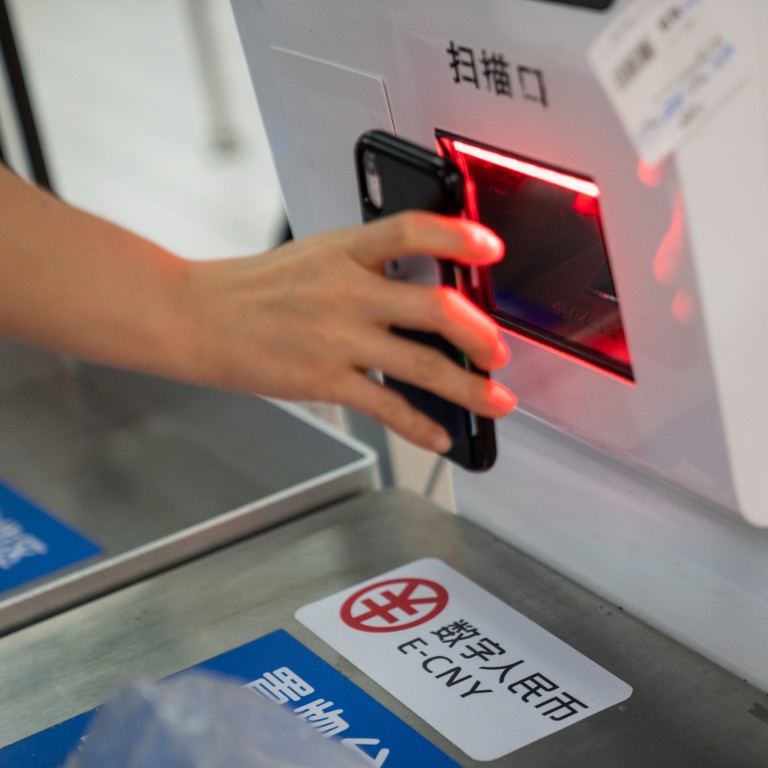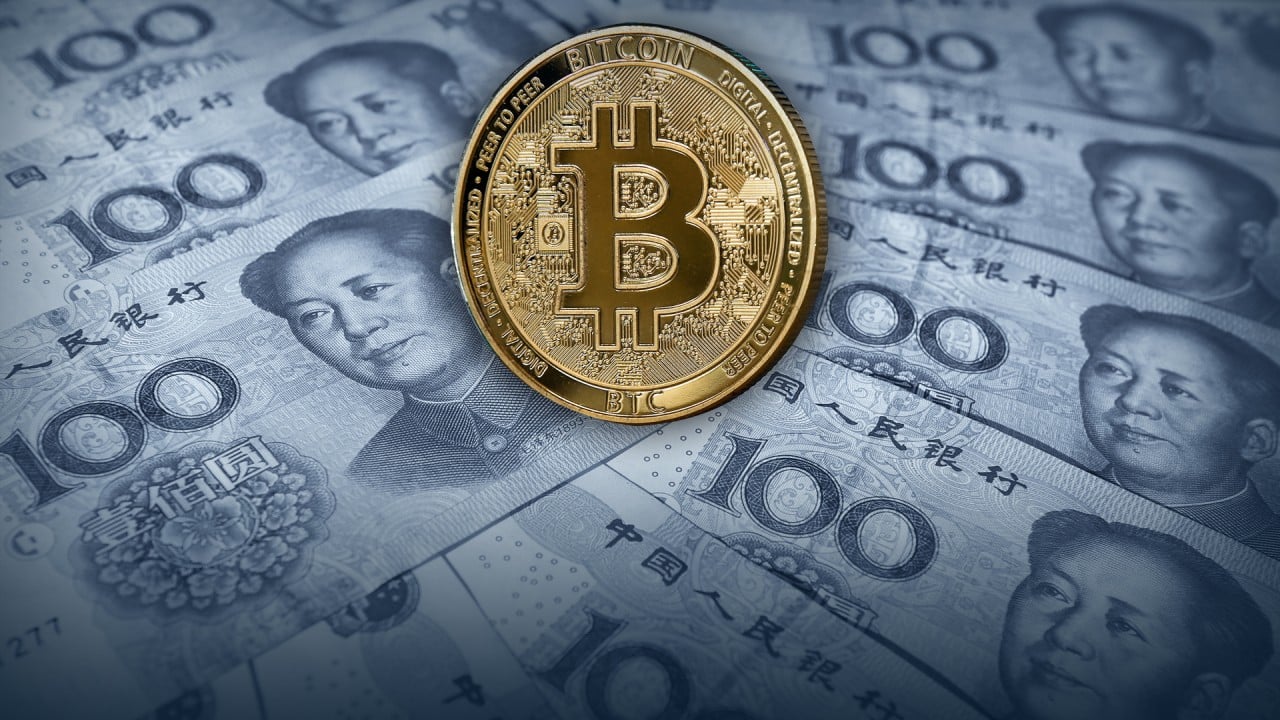
Wary of US dollar hegemony, Chinese state researchers float idea of a pan-Asian digital currency
- The digital token would be pegged to a basket of 13 currencies, including the yuan, Japanese yen, South Korean won and those of the 10 Asean countries
- The government researchers said a common Asian digital currency would lower the region’s reliance on the US dollar and help safeguard financial stability
The conditions are right for the establishment of a pan-Asian digital currency that could enhance regional monetary cooperation and loosen reliance on the US dollar, Chinese state researchers say.
The idea of an Asia-wide digital token comes as Beijing tries to consolidate its economic influence in the region and its position as a global leader in digital currency development.
“More than 20 years of deepened economic integration in East Asia has laid a good foundation for regional currency cooperation. The conditions for setting up the Asian yuan have gradually formed,” said researchers Song Shuang, Liu Dongmin and Zhou Xuezhi, from the Institute of World Economics and Politics under the Chinese Academy of Social Sciences.
China vows ‘limited scope’ for monitoring digital yuan data
The digital token would be pegged to a basket of 13 currencies, including the yuan, Japanese yen, South Korean won and those of the 10 member countries in the Association of Southeast Asian Nations (Asean), the researchers wrote in an article.
Weighting for each could be similar to that of the International Monetary Fund’s special drawing rights, an international reserve asset.
Distributed ledger technology would underpin the currency, preventing the dominance of any one country and removing obstacles for regional monetary cooperation.
The article was originally published in the August issue of World Affairs journal, which is affiliated with the Chinese Ministry of Foreign Affairs, before it was posted online late last month.
The government researchers said a common Asian digital currency would lower the region’s reliance on the US dollar and help safeguard financial stability.
“East Asian countries have long settled their trade in the US dollar, exacerbating currency mismatches and exchange rate risks. It was the trigger for the 1997 Asian financial crisis,” they said.
It is not the first time a super-sovereign currency has been floated for Asia. Former Malaysian prime minister Mahathir Mohamad proposed a common currency in East Asia to replace the US dollar during the 1997 Asian financial crisis, and insisted on its necessity again in 2019.
In 2006, the Japan-led Asian Development Bank also proposed the Asian Currency Unit, though it was eventually shelved.
The proposed Asian digital currency is more likely to be led by China, which is the world’s second largest economy and has carried out extensive trials of its sovereign digital currency, known as the e-CNY.
China has piloted its central bank digital currency in 23 major cities, primarily for small retail payments, with 5.6 million merchants accepting it and accumulative transactions worth 100 billion yuan (US$13.9 billion) by the end of August.
No timetable has been set for the launch of the e-CNY, but China is far ahead of neighbours Japan and South Korea, neither of which have released detailed plans for their respective central bank digital currencies.
IMF raises GDP growth outlook for Asian tech powerhouses South Korea, Taiwan
The Chinese researchers proposed that a department should be created under the Asean+3 Macroeconomic Research Office (AMRO), a Singapore-based macroeconomic surveillance organisation headed by Chinese national Li Kouqing, to coordinate creation of a digital currency. Eventually, it would be upgraded to the Asian Monetary Fund.
Cross-border payment should begin between large institutions, such as central banks, commercial banks and state-owned enterprises for areas like commodity trade, outbound investment, government aid or bond issuance.
In August, China’s former vice-minister for finance Zhu Guangyao also suggested a more formal institutional role for AMRO, as well as the Chiang Mai Initiative Multilateralisation – a US$240 billion currency swap pool formed by Asean, China, Japan and South Korea – as a way to boost the use of regional currencies, rather than US dollar.


